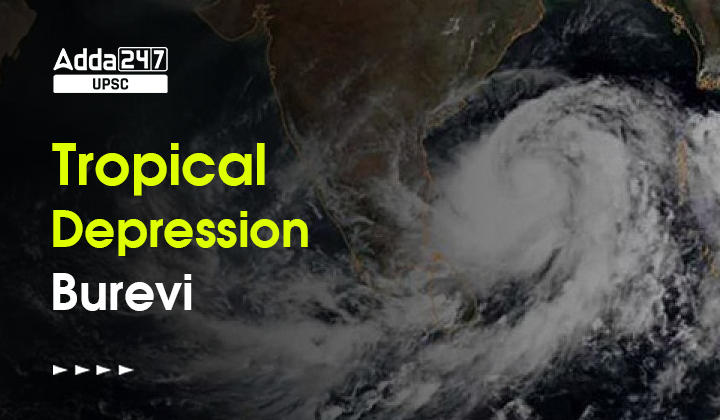Table of Contents
Cyclonic Burevi was a severe tropical cyclone that impacted the southern part of India and Sri Lanka in December 2020. The cyclone originated from a low-pressure area over the southwest Bay of Bengal on December 1, 2020, and gradually intensified into a cyclonic storm.
Burevi made landfall over Sri Lanka’s northeastern coast on December 2, causing heavy rainfall, strong winds, and flooding in several areas. The storm then crossed the Gulf of Mannar and made landfall over Tamil Nadu’s southern coast on December 4, causing widespread damage and disrupting normal life in the region. The cyclone weakened into a deep depression over the Arabian Sea on December 5 and dissipated a day later.
Tropical Depression Burevi
Southern Depression In December 2020, a meteorological system called Burevi developed in the Indian Ocean. It developed into a cyclonic storm after starting as a low-pressure region over the southwest Bay of Bengal. On December 2, Burevi made landfall on Sri Lanka’s northeastern coast, generating flooding, strong gusts, and a lot of rain.
On December 4, the storm made landfall over Tamil Nadu’s southern coast after crossing the Gulf of Mannar, causing significant damage and upsetting daily life in the area. Burevi had sustained winds that were less than 39 miles per hour, making it a tropical depression (63 kilometers per hour). Despite its generally low intensity, it still resulted in substantial destruction and fatalities in several locations.
Burevi Cyclone Meaning
A powerful tropical storm named Burevi struck the Indian Ocean in December 2020. Strong winds whirling around a center of low pressure define a cyclone as a weather system. Burevi developed into a cyclonic storm after developing from a low-pressure region over the southwest Gulf of Bengal.
On December 2, it made landfall over Sri Lanka’s northeastern coast, generating flooding, strong gusts, and a lot of rain. On December 4, the storm made landfall over Tamil Nadu’s southern coast after crossing the Gulf of Mannar, causing significant damage and upsetting daily life in the area. The lives and livelihoods of people living in the Indian Ocean are frequently affected by cyclones, which are frequent occurrences.
Cyclone Burevi Path
- Burevi formed as a low-pressure area over the southwest Bay of Bengal on December 1, 2020.
- It gradually intensified into a cyclonic storm and made landfall over Sri Lanka’s northeastern coast on December 2.
- Burevi caused heavy rainfall, strong winds, and flooding in several areas of Sri Lanka.
- The storm then crossed the Gulf of Mannar and made landfall over Tamil Nadu’s southern coast on December 4.
- Burevi caused widespread damage and disrupted normal life in the region, including flooding, uprooting of trees, and power outages.
- The cyclone weakened into a deep depression over the Arabian Sea on December 5 and dissipated a day later.
- Overall, Burevi’s path affected both Sri Lanka and the southern Indian state of Tamil Nadu, causing significant damage and loss of life.



 TSPSC Group 1 Question Paper 2024, Downl...
TSPSC Group 1 Question Paper 2024, Downl...
 TSPSC Group 1 Answer key 2024 Out, Downl...
TSPSC Group 1 Answer key 2024 Out, Downl...
 UPSC Prelims 2024 Question Paper, Downlo...
UPSC Prelims 2024 Question Paper, Downlo...
